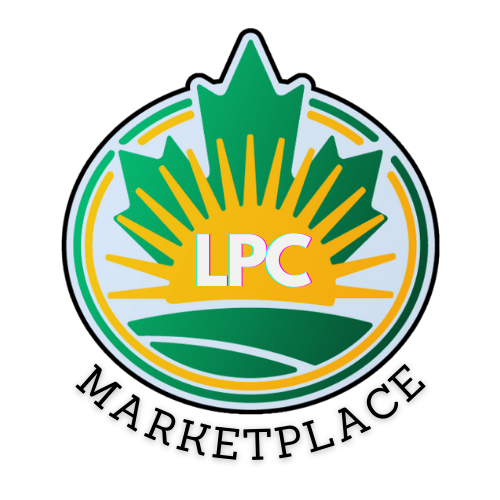Marijuana Business Litigation Decision Making

When people have been wronged, they naturally want to get justice and want the party that wronged them to pay enough money to make them whole. The law generally holds that when someone commits a tort or breaches a contract against you, they owe you an amount of money equal to the value of your damages suffered because of the tort or contract breach. Unfortunately, getting justice isn’t so simple. The general order of events is as follows. The defendant breaches its contract with you, and you make a personal demand to the defendant to either cure the breach or pay you for the breach. The defendant ignores you, so you hire an attorney to send a demand letter. The defendant either ignores the letter or has its attorney send a response back disclaiming liability. You then must decide whether to continue making demands or whether to pursue more aggressive action, including filing a lawsuit.
This is a challenging time, as emotions run high. In the cannabis industry, so many entrepreneurs are working on a shoe-string budget and have significant portions of their savings tied up in an already risky industry. Of course you don’t want to ignore the contract breach or tort and let the defendant get away with its actions. But you also don’t want to throw good money after bad money in a quest for vengeance. Just because you have been wronged doesn’t mean that you have a legally actionable claim, or that the defendant’s bad acts proximately caused your damages, or that the defendant doesn’t have counterclaims against you.
Instead, you have to remove yourself sufficiently from the emotions of the situation to determine what to do in an unbiased way. Here is a simplified formula that can help guide that decision-making process:
(W% * D * AP%) — ((DCW% * CD) + AF + IC)
Here’s how we break that down:
W%: Chance of winning litigation
D: Realistic damages estimate, based on provable verifiable damages
AP%: Percentage of award defendant could pay based on defendant’s cash holdings and other assets
DCW%: Chance of defendant winning a counterclaim
CD: Damages estimate of defendant’s counterclaim
AF: Your expected attorney fees, expert witness fees, and other costs related to litigation.
IC: Your indirect litigation costs (stress, time missed from your business, negative effect on business relationships, etc.)
If the equation equals a positive number, it probably makes sense to file a claim. If the equation equals a negative number, it is probably better to let the matter go, or seek alternative claim resolution.
The hard part, of course, is filling in the details. This is where it pays off to have good attorneys that have the experience necessary to come up with smart and reasonable answers for these variables, and the integrity to answer them honestly instead of in a way that leads to them generating fees with your losing case. If your lawyer tells you that you have a 100% chance of winning any case, fire that lawyer immediately. There are no guarantees in litigation. If your lawyer tells you that you have a 0% chance of winning the case, your attorney is either overly cautious, or your case is really that bad (suing a pedestrian that you ran over in a crosswalk for your tire damage bad). On the damages side, you really are looking for measurable, provable damages that have some basis in objectivity.
We often go through this process with our clients, and it doesn’t always feel good for the clients. You’re paying your attorney a lot of money for personal service, and it can feel like your attorney is doubting everything you say. If you’re going to make smart decisions about litigation, though, you have to go through the exercise. You want to see all the holes in your case before you file that first complaint. All cases are different, but even small cases that look relatively simple can generate well over six figure in legal fees and costs, and turn on a point of law that seemed insignificant at first. If your attorney is pushing you into litigation without communicating the inherent chance involved, be cautious.
Finally, for marijuana businesses specifically, the indirect litigation costs variable has to include any potential losses you can face from your dispute going public. This comes up all the time when we have ownership disputes. These disputes often stem from one or more owners causing the business to commit regulatory violations. Sometimes these regulatory violations have not been uncovered and could lead to large fines or license cancellation. In cases like that, you absolutely need to quantify your risk exposure before pulling the trigger.
For more on cannabis business litigation, see our archive here.
Go to Source – Robert McVay

